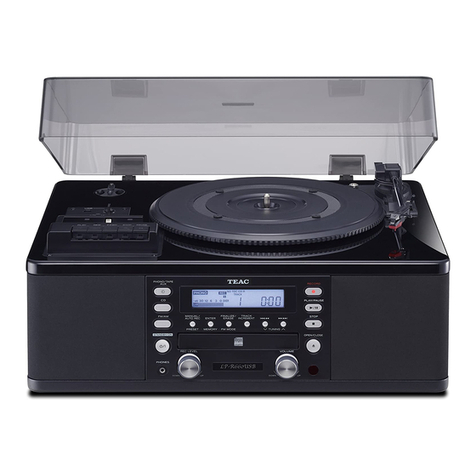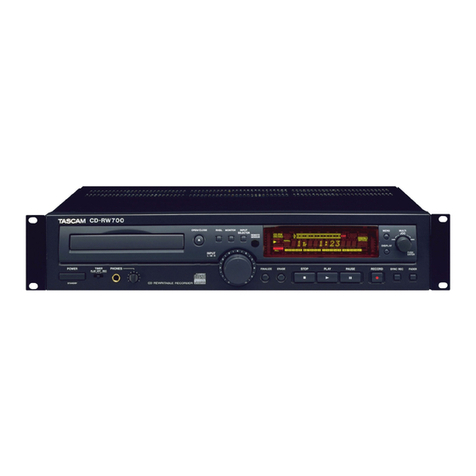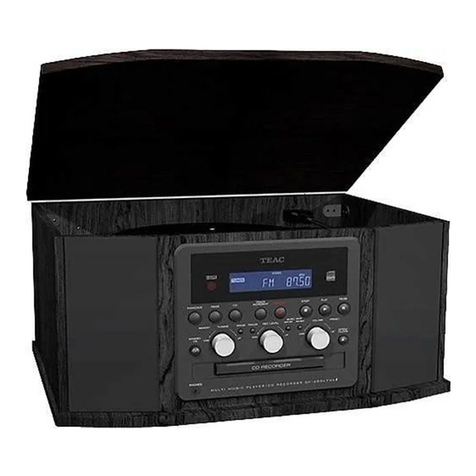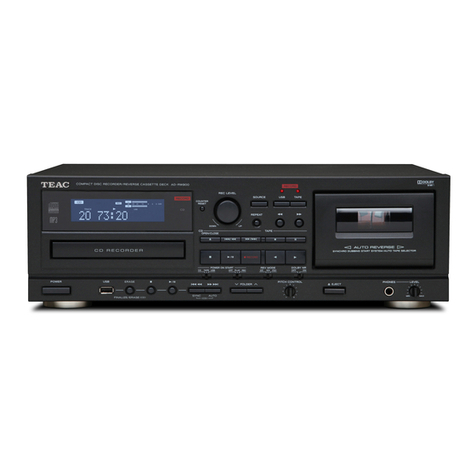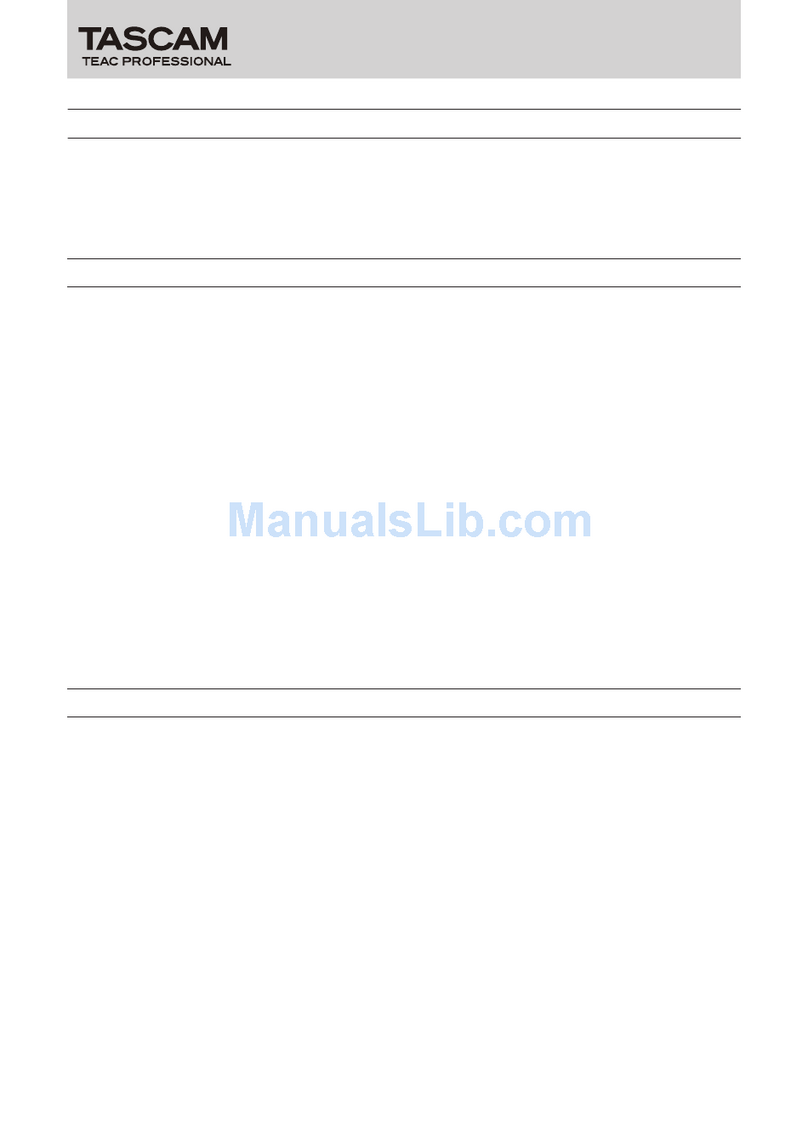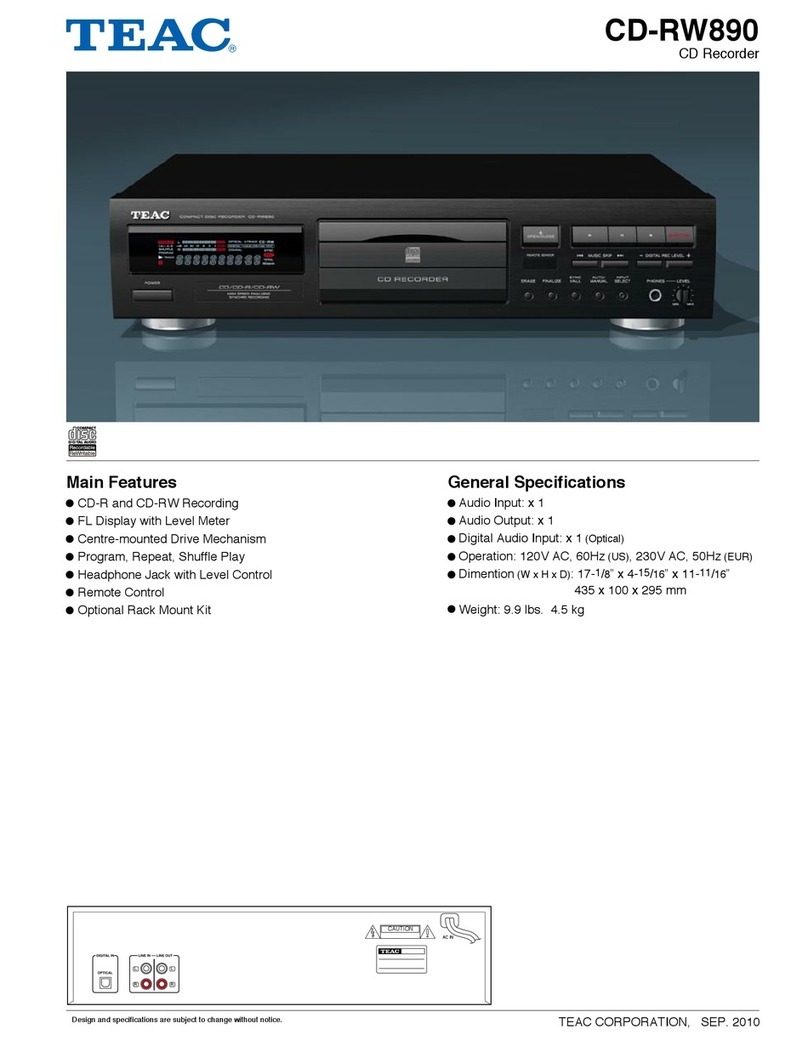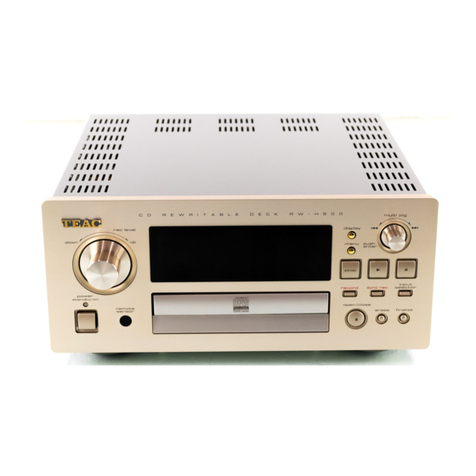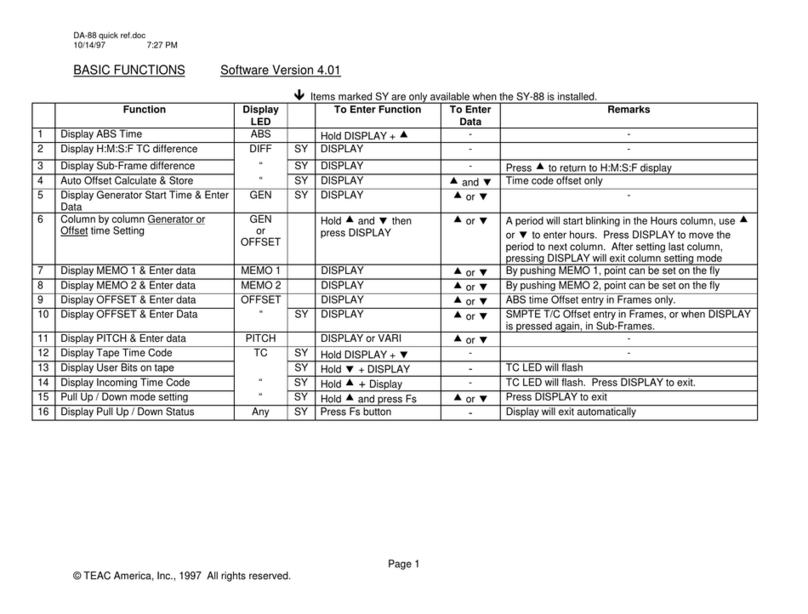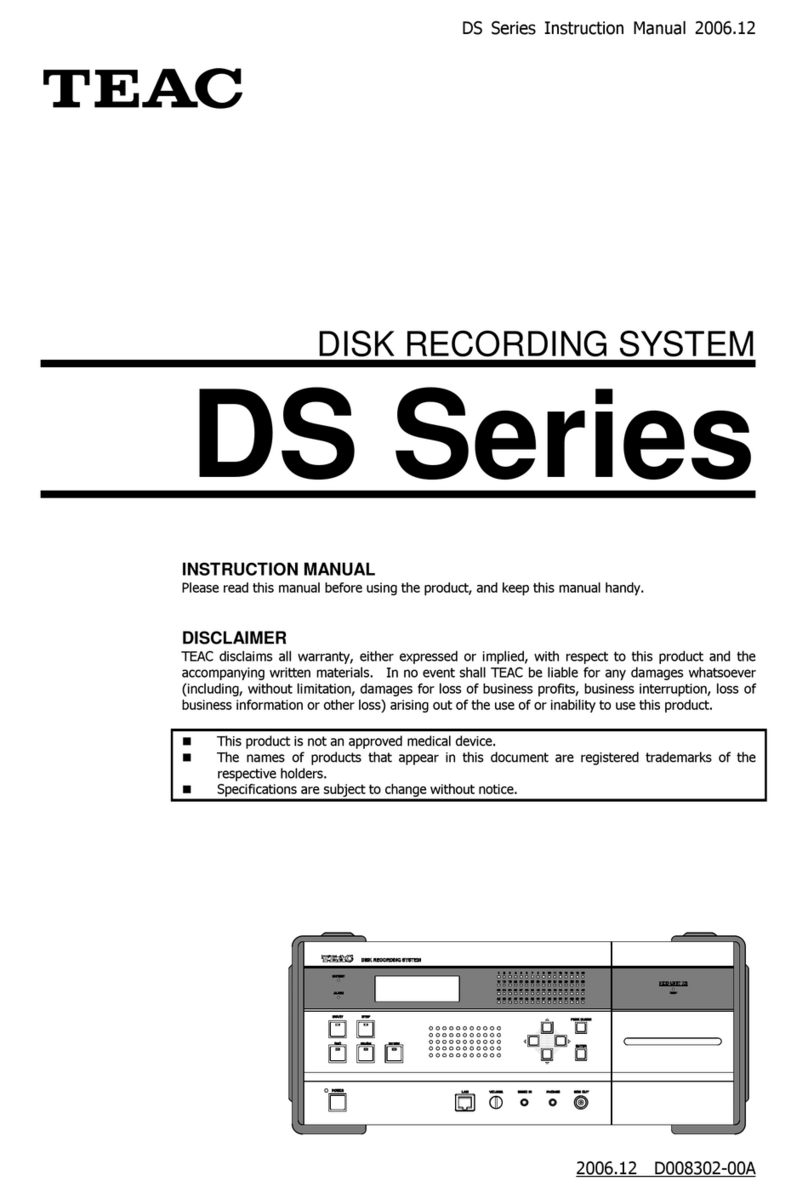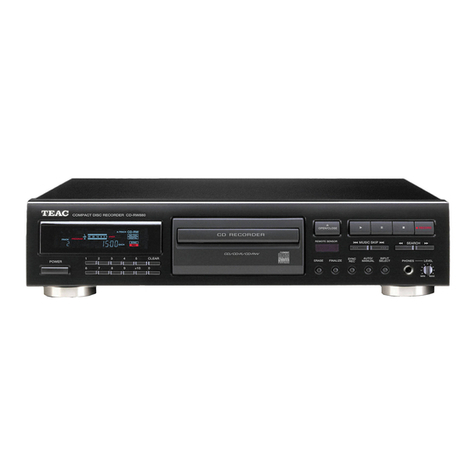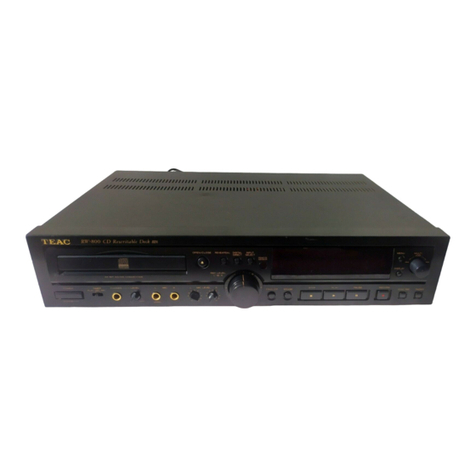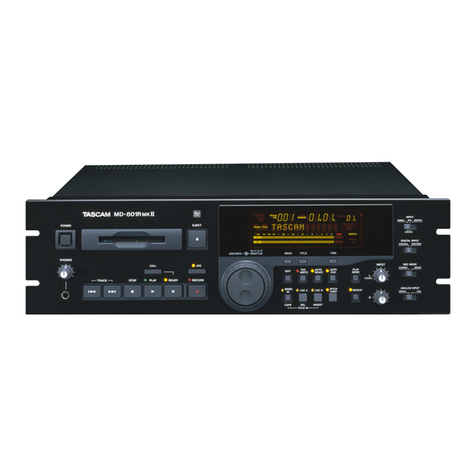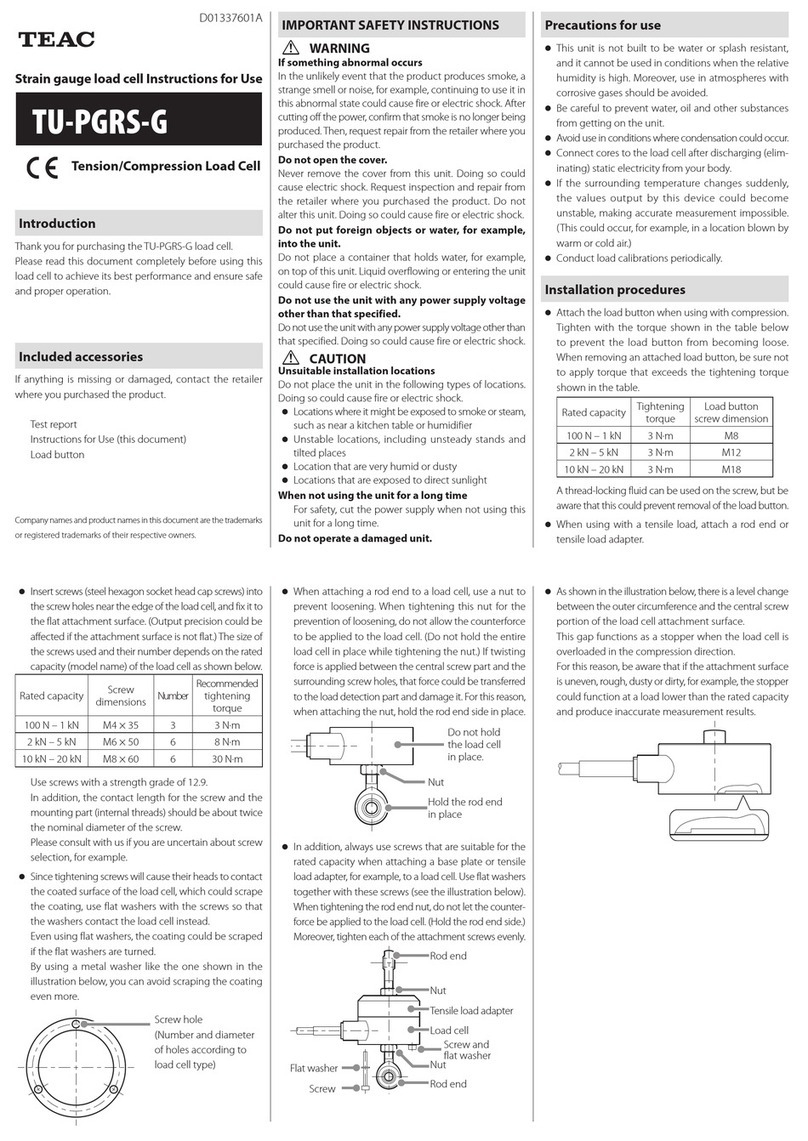Index
v
Section 1 Preface ............................................................................................................................1
Overview............................................................................................................................................................. 2
Features.............................................................................................................................................................. 3
About TAFFmat................................................................................................................................................... 5
Notes on Usage .................................................................................................................................................. 6
Names and Parts ................................................................................................................................................ 8
Front........................................................................................................................................................... 8
Rear ......................................................................................................................................................... 1
Recording time.................................................................................................................................................. 12
Sampling Frequency and Number of Channels ................................................................................................ 13
Section 2 Installation ......................................................................................................................1
Connections........................................................................................................................................................ 2
Notes of Connections................................................................................................................................. 3
PC Requirements....................................................................................................................................... 3
Installing LX-1 Series (IEEE 1394 model)....................................................................................................... 4
Installing Interface Card.............................................................................................................................. 4
Installing OHCI Driver................................................................................................................................. 5
Install LX-1 Series Device Driver............................................................................................................ 6
Download the 1394 Storage Supplement Program .................................................................................... 8
Installing LX Navi...................................................................................................................................... 1
Installing LX-1 Series (LAN model)............................................................................................................... 11
Installing LX Navi...................................................................................................................................... 11
About IP Address Settings........................................................................................................................ 12
Starting Program............................................................................................................................................... 13
Start to run Navi directly without displaying the LX Network dialogue ...................................................... 17
Inserting and Ejecting Media............................................................................................................................. 18
Inserting Media......................................................................................................................................... 18
Ejecting Media.......................................................................................................................................... 19
About Data on Media................................................................................................................................ 19
About Expansion Unit ....................................................................................................................................... 2
About Slot Settings................................................................................................................................... 2
About Maximum Sampling Frequency When Using an Expansion Unit ................................................... 2
Section 3 Introduction to LX Navi....................................................................................................1
Outline of Main Window...................................................................................................................................... 2
Initializing Settings .............................................................................................................................................. 5
Overview of Steps in Recording and Reproduction............................................................................................. 6
Section 4 Settings...........................................................................................................................1
System Settings.................................................................................................................................................. 2
Input Amp Settings.............................................................................................................................................. 6
DC Amp AR-LXDC1 ............................................................................................................................... 6
PA Amp AR-LXPA1 ................................................................................................................................. 7
ST Amp AR-LXST1 ............................................................................................................................... 1
Sensitivity Setting Using TEDS Functions ........................................................................................................ 12
Auto Offset........................................................................................................................................................ 14
Calibration By Using Calibrator......................................................................................................................... 15
Zero Balance .................................................................................................................................................... 16
Setting Tachometer Pulse Inputs ...................................................................................................................... 17
Output Amp Settings......................................................................................................................................... 19
Outline of Trigger Recording............................................................................................................................. 2
Repeat Mode............................................................................................................................................ 2
Interval Mode............................................................................................................................................ 21
Repeat Mode Settings ...................................................................................................................................... 22
Level Trigger Settings ....................................................................................................................................... 25
Interval Mode Settings ...................................................................................................................................... 26
Saving and Loading Settings ............................................................................................................................ 27
Saving Settings ........................................................................................................................................ 27
Loading Settings....................................................................................................................................... 28
Section 5 Operations ......................................................................................................................1
Specifying Recording Devices and File Names .................................................................................................. 2
Recording to Memory ................................................................................................................................. 4
Recording to Media (PC Card) ................................................................................................................... 6
Recording to PC......................................................................................................................................... 8
Notes for reproducing a PC-recorded file by the LX main unit ................................................................... 9
Operations to control recording......................................................................................................................... 1
Exchanging Media.................................................................................................................................... 11
Copying............................................................................................................................................................. 12
Reproducing ..................................................................................................................................................... 13
Operations to control reproduction ........................................................................................................... 14
